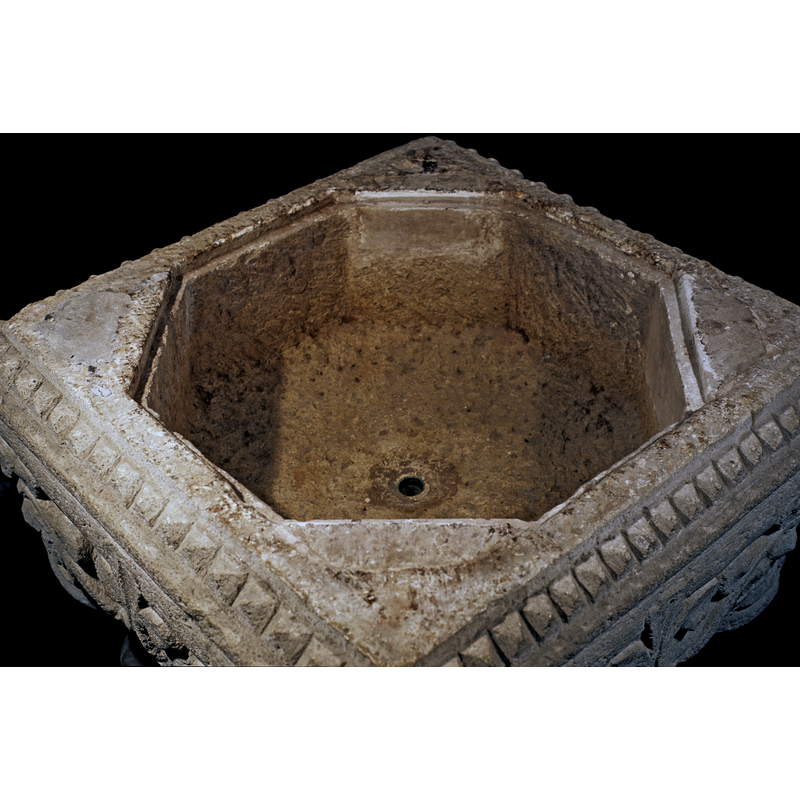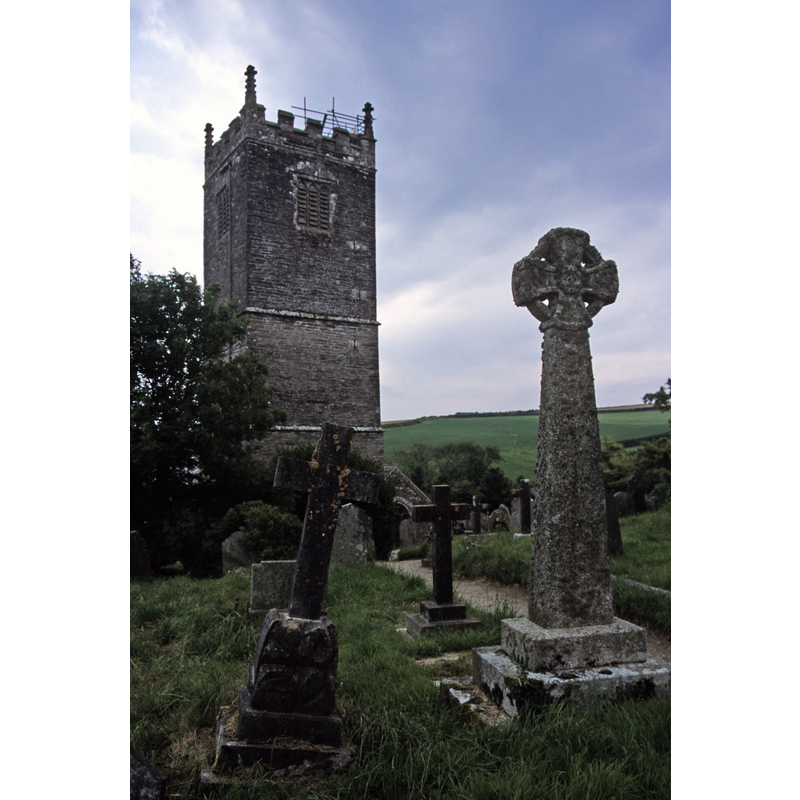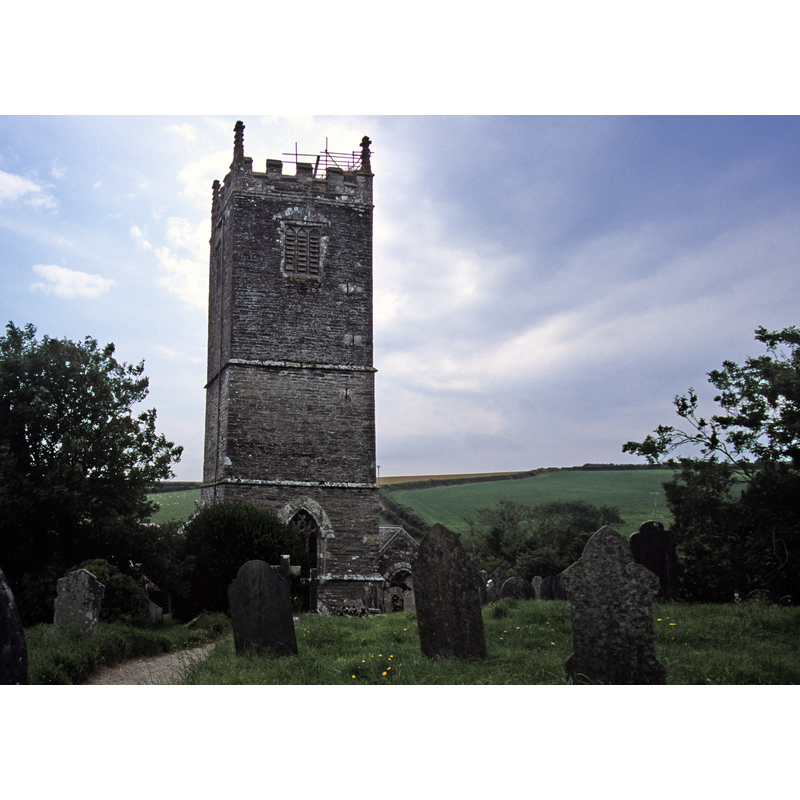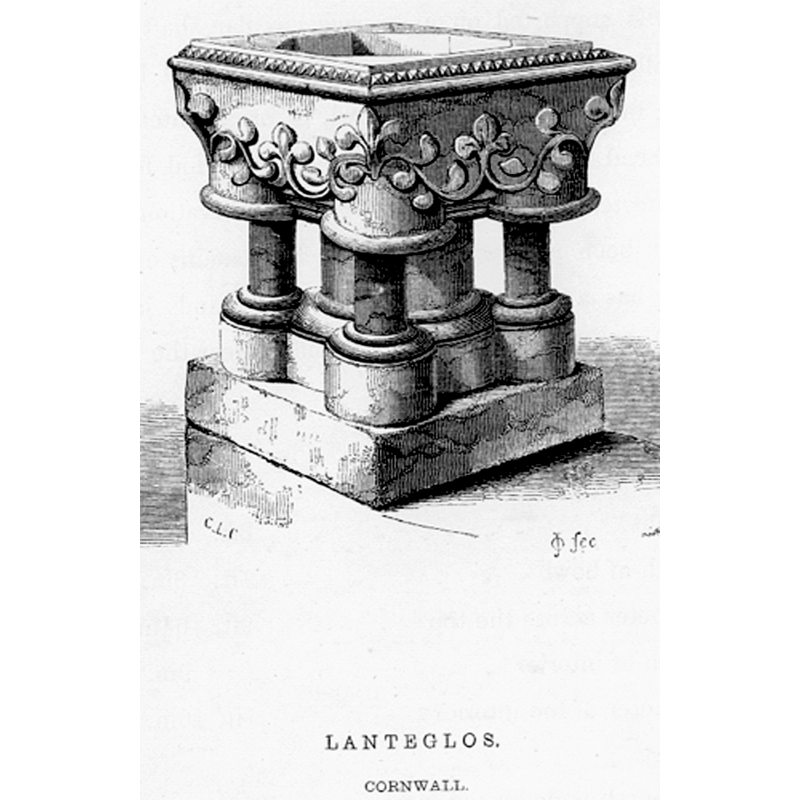Lanteglos-by-Fowey / Lanteglos-juxta-Fowey / Lanteglos Highway

Image copyright © Baptisteria Sacra Index, 2023
Results: 10 records
design element - motifs - diaper
design element - motifs - roll moulding
design element - motifs - roll moulding
design element - motifs - vine
view of basin - interior
view of church exterior in context
view of church exterior in context - west view
view of font
view of font and cover
INFORMATION
FontID: 01455LAN
Object Type: Baptismal Font1
Church/Chapel: Parish Church of St. Wyllow [aka Willow / Winwaloe]
Church Patron Saints: St. Wyllow [in Cockford's; but Paley gives St. Lanty -- Cox gives Winwaloe]
Church Location: South West Coast Path, Fowey PL23 1NQ, United Kingdom
Country Name: England
Location: Cornwall, South West
Directions to Site: Lanteglos-by-Fowey (Lanteglos near Fowey or Lanteglos Highway, as it is also known) is just a few miles east of Fowey, but road access is from Lostwithiel, whose St. Bartholomew church has a magnificient and rare figural font.
Font Location in Church: Inside the church, at the W end of the N aisle [ca. 1907 it was reported in the rectory garden by Cox & Harvey (1907: 193)]
Century and Period: 12th - 13th century, Late Norman / Early English?
Cognate Fonts: fonts of this general type in the same area at: Linkinhorn, Maddern, Probus, Ruan Lanihorn and St. Tudy, all in Cornwall -- another font with an octagonal inner well at Yate (Gloucs.)
Church Notes: Paley (1844) gives the dedication of the church as St. Lanty's; Cox (1912) gives "St. Winwaloe (?)"
Font Notes:
Click to view
No entry found for Lanteglos in the Domesday survey. Noted in Lysons (1806-1833) as one of a group of Cornish fonts that “are square, very little ornamented, and supported by a pedestal and four pillars”. Described and illustrated in Paley (1844), who mentions another octagonal-shaped inner well at Yate, Gloucs. [though of a later date]. Noted as Early English in Murray's Handbook for travellers […] (1865). Described in Cox & Harvey (1907) as a particularly good example of a Late Norman/Early English (i.e., Transition) [NB: this same source (ibid.) has the font listed as "Saxon -- doubtful"], square basin supported on five shafts made of a local granite (?) called "Pentewan stone" quarried near Mevagissey, Cornwall. The upper rim is adorned with a saw-tooth motif all around; the basin sides are ornamented with a vine done in very-deep relief. The basin well is octagonal inside [NB: Cox & Harvey (Ibid.) mention another font with an octagonal inner well at Yate in Gloucestershire]. Noted in Cox (1912) as a font of the Early English period: "30 in. square and 36 in. high, an excellent example of early I3th cent.; ribbed moulding round rim, flowing conventional foliage on bowl, and supported by shafts with well-moulded capitals and bases. Shafts of the font are Purbeck, but the bowl is of Pentewan stone." Tyrrell-Green (1928) notes the "conventional foliage" on the basin sides. The base consists of a broad round central pedestal and four slender detached colonnettes, all with bases; the whole rests on a plain square plinth. Very ornate tall wooden cover of a modern date, probably ca. 1906, the year of the Sedding restoration. Noted in Pevsner (1970): "Font. Early C13, on a Purbeck base with moulded capitals and bases. The bowl of Pentewan stone has stiff-leaf foliage." Noted in Leach (1975): the base and two of the shafts of the font only are made of Purbeck marble [source given: Professor E.M. Jope].
COORDINATES
Church Latitude & Longitude Decimal: 50.334137, -4.60847
Church Latitude & Longitude DMS: 50° 20′ 2.89″ N, 4° 36′ 30.49″ W
UTM: 30U 385529 5577020
MEDIUM AND MEASUREMENTS
Material: stone, Cornish Pentewan stone [basin] -- limestone (Purbeck marble) [columns of the base]
Font Shape: square (mounted)
Basin Interior Shape: octagonal
Basin Exterior Shape: square
Drainage Notes: not lined
Rim Thickness: 11 cm*
Diameter (inside rim): 55-56 cm* (octagonal shape)
Basin Depth: 23 cm*
Basin Total Height: 39 cm*
Height of Base: 37 cm*
Font Height (less Plinth): 76 cm
Font Height (with Plinth): 91 cm* / 90 cm**
Square Base Dimensions: 71 x 71 cm* (plinth)
Trapezoidal Basin: 78 x 78 cm* / 75 x 75 cm**
Notes on Measurements: * BSI on-site [NB: the sides of the octagon of the basin well are 23 cm long] / ** in inches in Cox (1912)]
LID INFORMATION
Date: 1906? / 20th century?
Material: wood, oak
Apparatus: no
Notes: The lid probably dates to the 1906 restoration of the church; the old staples remain in the upper rim of the basin.
REFERENCES
Betjeman, John, An American's Guide to English Parish Churches (including the Isle of Man), New York: McDowell, Obolensky, 1958
Cox, John Charles, Cornwall, London: George Allen & Company, 1912
Cox, John Charles, English Church Furniture, New York: E.P. Dutton & Co., 1907
Leach, Rosemary, A Investigation into the use of Purbeck Marble in Medieval England, Hartlepool: E.W. Harrisons & Sons, 1975
Lysons, Daniel, Magna Britannia, being a concise topographical account of the several counties of Great Britain, London: Printed for T. Cadell and W. Davies, 1806-1822
Murray, John, A handbook for travellers in Devon and Cornwall, London: John Murray, 1865
Paley, Frederick Apthorp, Illustrations of Baptismal Fonts, London, UK: John van Voorst, 1844
Pevsner, Nikolaus, Cornwall, Harmondsworth: Penguin Books, 1970
Tyrrell-Green, E., Baptismal Fonts Classified and Illustrated, London: Society for Promoting Christian Knowledge: The Macmillan Co., 1928
Whetter, James, Cornwall in the 13th Century: a Study in Social and Economic History, Gorran: Lyfrow Trelyspen, 1998





